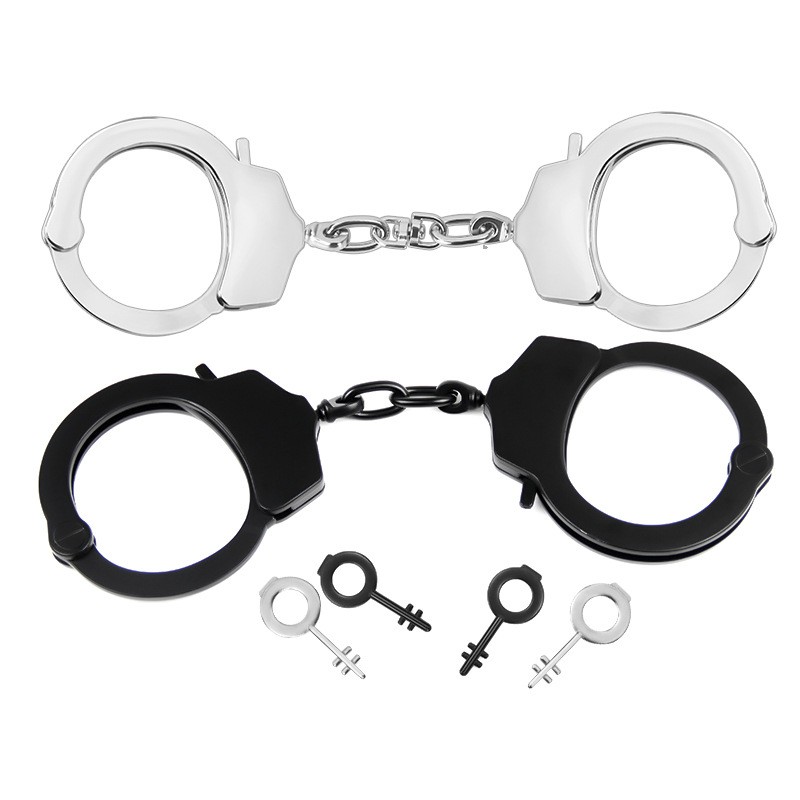Navigation
Overview
Self-bondage is the practice of restraining yourself for exploration, discipline, or sexual satisfaction. Unlike partner bondage, you are both the top and the bottom, creating a unique challenge: you design, apply, and escape from your own restraints. This guide explains the essentials of self-bondage—from methods and safety to gear recommendations—so you can enjoy the thrill while staying in control.
Self-Bondage vs. Partner Bondage
Partner bondage relies on trust and a clear exchange of power between two people. Self-bondage, on the other hand, eliminates external control. You must prepare release mechanisms, ensure safety tools are within reach, and design scenarios that challenge but do not endanger you. The intensity is real, but so is the responsibility—it is bondage designed for independence, not surrender.

Common Methods & Tools
Self-bondage can be done with many types of equipment:
- Rope: Classic choice for creative restraint, but always plan escape routes.
- Leather cuffs & straps: Easy to apply and remove with buckles or locks.
- Metal restraints: Chains and handcuffs provide solid security.
- Plastic wrap or tape: Creates intense restriction with minimal tools.
- Specialized devices: Timed locks, magnetic keys, or smart-release systems.
Safety Essentials
Safety is the foundation of self-bondage. Here are non-negotiables:
- Always have a backup release tool like safety scissors nearby.
- Plan for circulation safety: avoid positions that cause numbness.
- Ensure breathing safety: never cover your face without a guaranteed release.
- Set a time limit using mechanical or electronic timers.
- Keep your environment stable—avoid chairs that tip or objects that could trap you.
.jpg)
How to Design Scenarios
A good session balances restraint, stimulation, and release. Start by deciding what excites you: the struggle, the endurance, or the anticipation. Choose tools that match your goal—rope for creativity, cuffs for simplicity, or timed locks for suspense. Always test your setup in a low-risk environment before committing. Finally, plan your exit: the release is part of the thrill but must remain safe.
Recommended Bondage Products
If you’re ready to bring your self-bondage fantasies to life, explore our curated collection of bondage gear. From beginner-friendly cuffs to advanced restraints, our products are designed for safety, durability, and maximum pleasure.
Summary
Self-bondage is both challenging and rewarding, offering a form of control that blends creativity with discipline. By respecting safety, planning scenarios carefully, and choosing reliable bondage products, you can unlock experiences that are as secure as they are thrilling. Explore your limits responsibly, and remember—restraint should always be paired with release.




.webp)

.png)
.png)
.png)




.webp)



